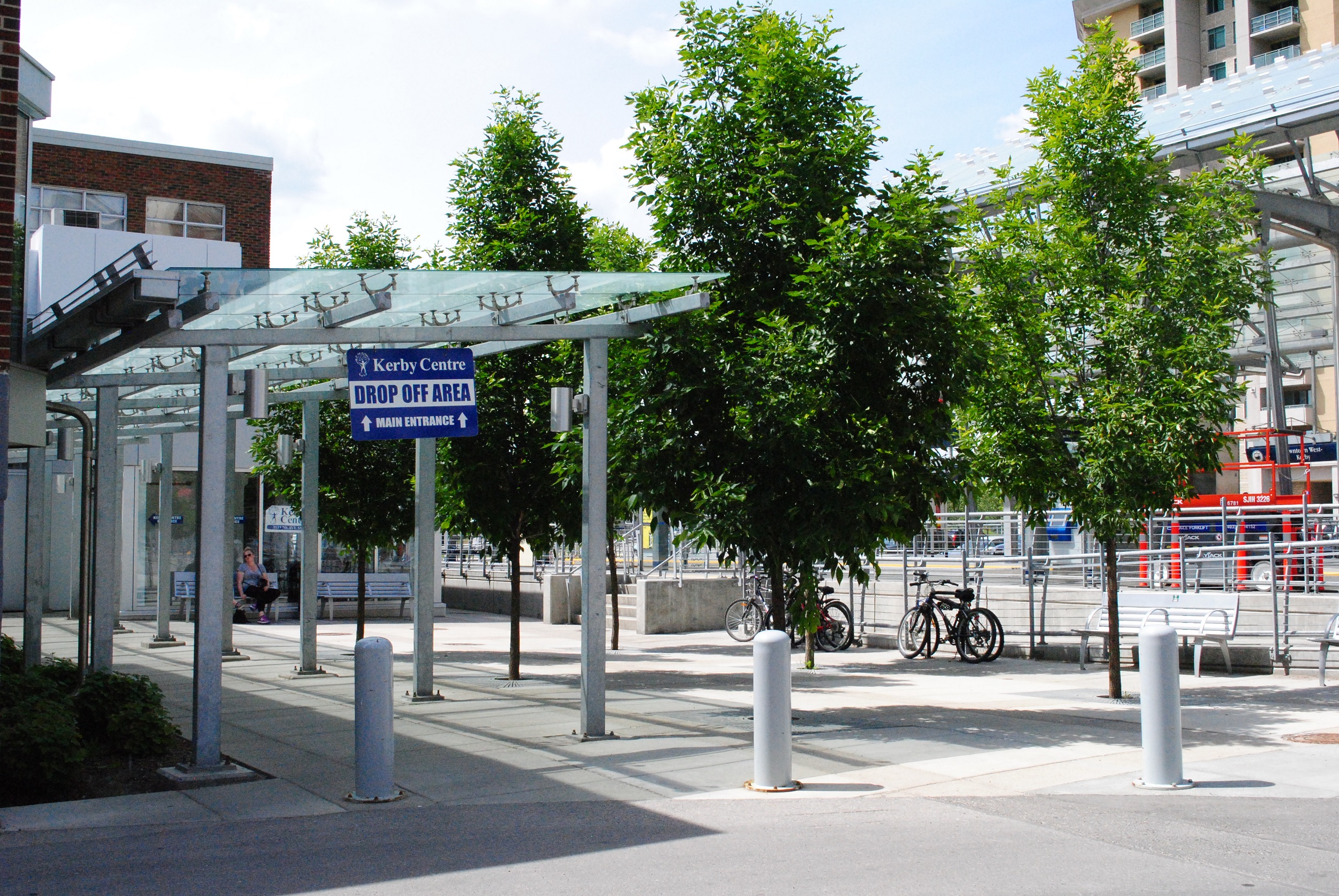Truth and Reconciliation, questions and answers

Photo by Kerby Centre
The following article deals with frank discussion of the experiences of residential schools and their survivors and may be distressing. The residential schools crisis line is available 24 hours a day for anyone experiencing pain or distress as a result of a residential school experience. Support is available at 1-866-925-4419.
Well, let’s start at the start. What is Truth and Reconciliation?
Truth and Reconciliation can refer to a few things, but when we talk about it, it’s referring to a government commission that was established in 2008 and lasted until 2015. It released a host of findings, all under the mandate of documenting the history and lasting impacts of the residential school system. It included 94 “calls to action” and in its conclusion, declared that the residential school system amounted to a cultural genocide.
Cultural genocide? What does that mean?
Cultural genocide, also known as ethnocide, is the purposeful destruction of a racial, religious, ethnic or national group. It involves the eradication of what is seen as “inappropriate.” In the context of Canada and the residential school system, it was the intentional removal of Indigenous children from their families, to take away their religion, their culture, their heritage and their identity.
I’ve heard that the residential schools weren’t as bad as people say?
Not only were they that bad, they were worse. In addition to forcing children to lose their language and identity, abuse was commonplace. Sexual abuse, physical violence and corporal punishment, things that would be considered torture now and things we would have considered torture then. The conditions of the schools, beyond the intention horrors inflicted, were horrendous: overcrowding, rampant rates of illness, inadequate heating in freezing Canadian winters. Make no mistake: it’s not a matter of opinion. Saying residential schools “weren’t as bad” as they are made out to be is not only historically inaccurate, but takes away from the memories of those who lived through them.
But wasn’t that forever ago? It’s ancient history now, right?
Not at all. The last residential school was closed in 1997, just before the turn of the millennia. There are many survivors of residential schools that are alive today. Beyond that, there is also the case of intergenerational trauma.
I’ve heard that term before. What does it mean?
Intergenerational trauma is where the long-lasting effects of trauma are passed down to later generations, from parents to children or within communities. It was first identified by the children and grandchildren of Holocaust survivors, who would eventually be more likely to experience mental health and psychiatric issues compared to the rest of the population.
The experience of children growing up and exploring the world is directly related to how their parents and direct caregivers model behaviour. For example, if a parent experienced the horrors and trauma of residential schooling, they may develop specific symptoms of post-traumatic stress disorder (PTSD) and coping mechanisms to deal with those symptoms.
These coping mechanisms would then be modeled and passed down to their children, who might pass them down to their children. The effects of intergenerational trauma do not end when the person who experienced it passes. It can stick with families and communities, much like a virus, and there are huge swaths of the population who still deal with issues that can be directly traced back to the residential school system: depression, alcohol or substance abuse, cyclical violence. Trauma begets trauma.
Why are we talking about this now, in particular?
The remains of Indigenous children have been recovered at a multitude of locations across Canada recently. Thousands of remains have been recovered and only a fraction of locations have been explored. It has brought the topic of residential schools and how they represent the traumatic legacy of colonialism in Canada.
So now we have a federal holiday on Sept. 30 for Truth and Reconciliation. What does that mean?
Bill C-5 was recently approved, which creates “a holiday called the National Day for Truth and Reconciliation, which seeks to honour First Nations, Inuit and Métis Survivors and their families and communities and to ensure that public commemoration of their history and the legacy of residential schools remains a vital component of the reconciliation process.”
Federal employees will receive the day off, and its aim is to create a day for the opportunity for quiet reflection or to participate in community events in regard to residential schools, their legacy, or Truth and Reconciliation.
The provincial government did not mandate it as a provincial holiday and left it up to individual employers to decide. However, they did choose to lower flags at provincial buildings on Sept. 30 to mark the day.
What can I do, as an individual?
The biggest thing you can do as an individual, to start, is to assess your own bias. Every person has implicit bias; these are the things we’ve learned that are unconscious, that sit in the back of our minds, but have an overwhelming effect on how we experience and interact with the world. When you think of Indigenous communities or of Indigenous individuals, what stereotypes might come to mind? Why do you have these stereotypes? Where did they come from? And most important, how can you fight against these implicit thoughts to ensure that you act from a place of truth and of reconciliation in your day-to-day life.
